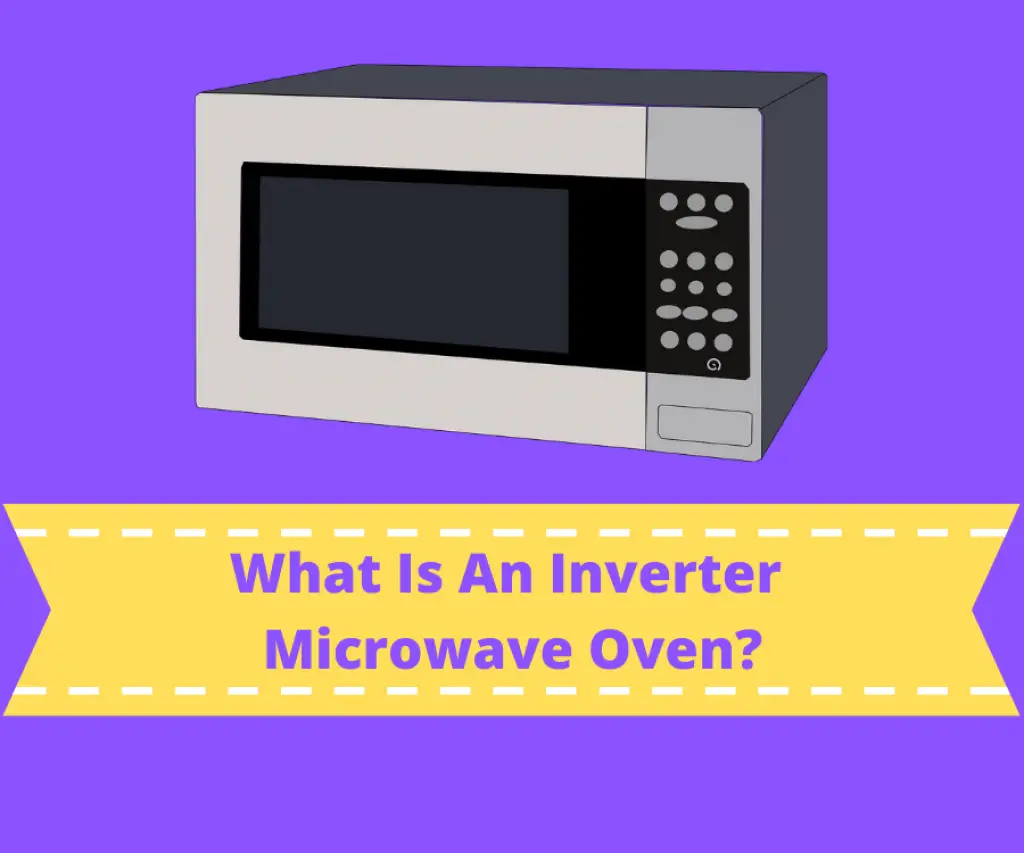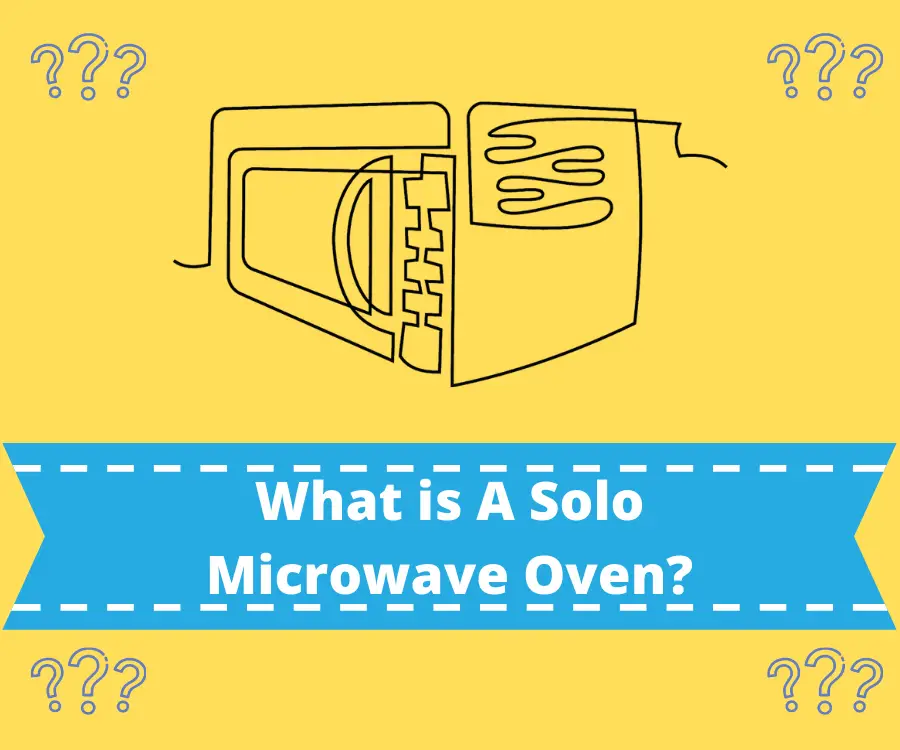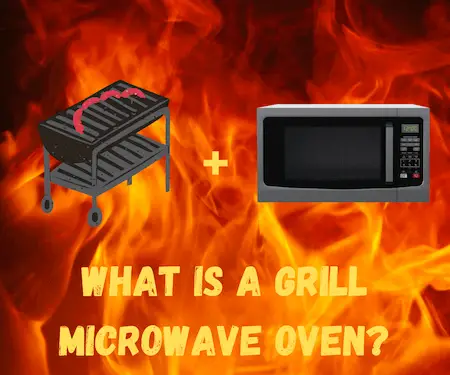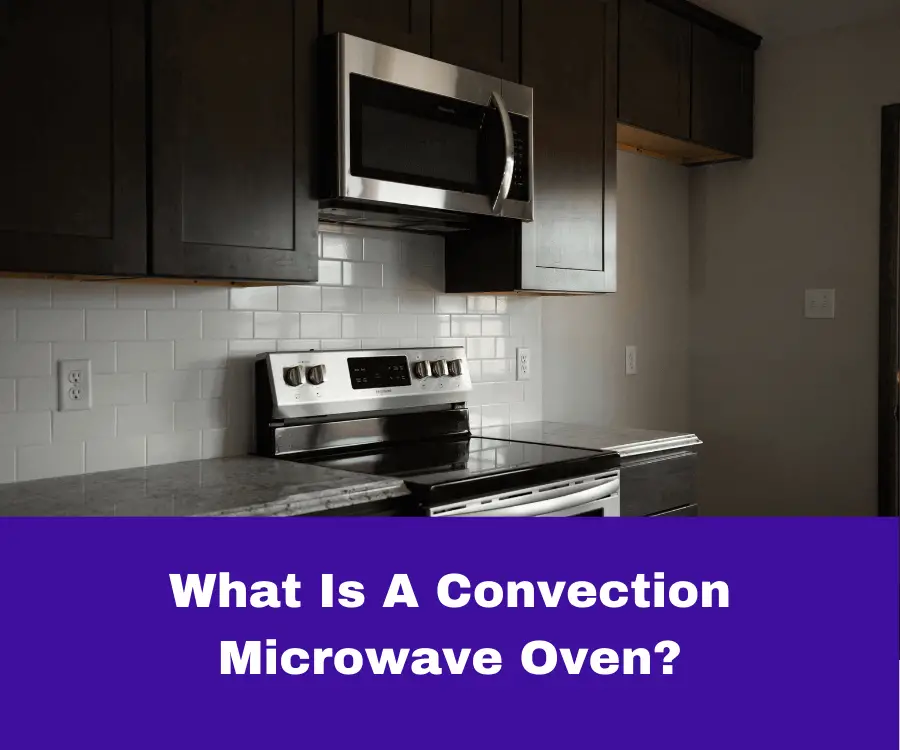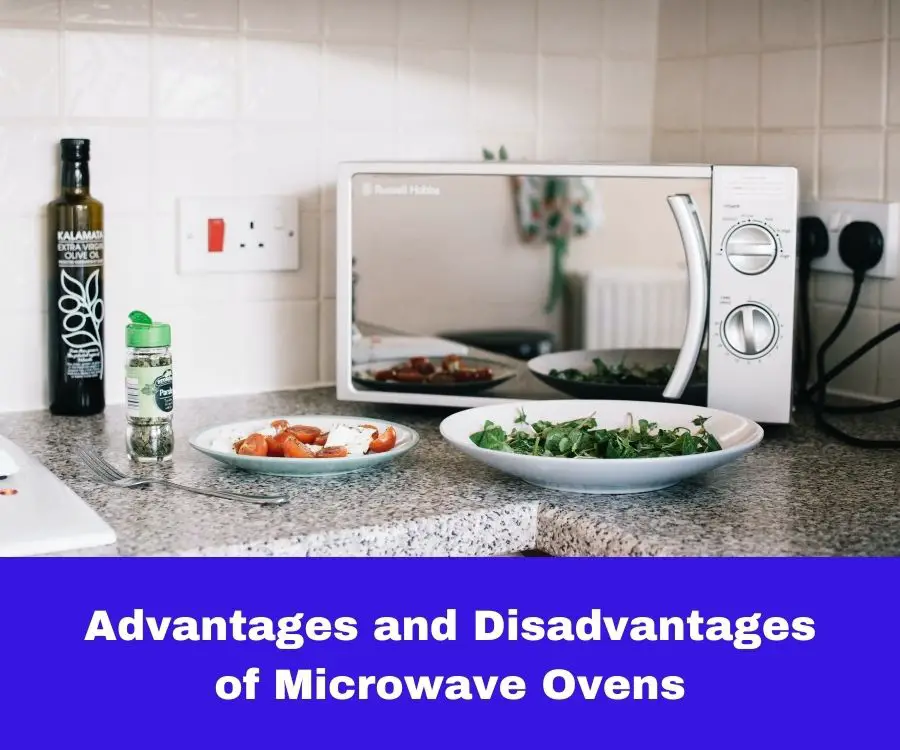What is an inverter microwave oven and how is it different from a regular microwave? This was one of the many questions I wanted to know the answer to when I was looking at all of the different types microwave ovens on the market. If you want to know the answer to this, read on to find out more.
So what is an inverter microwave oven? An inverter microwave oven uses an inversion circuit instead of a transformer like in a regular microwave. This delivers a constant stream of power, rather than cycling power on and off like in a regular microwave. This leads to faster cooking times and more evenly cooked food, at a higher price.
Above provides the very basic answer to what an inverter microwave oven is. Below I have gone into more detail about exactly how an inverter microwave works.
I’ve also discussed the differences between this and a regular microwave. You will also see how much you can expect to pay for an inverter microwave, as well as the advantages and disadvantages of buying one.
Table of Contents
What Is An Inverter Microwave Oven?
An inverter microwave takes existing microwave cooking technology to another level. Like solo or regular microwave ovens, an inverter microwave uses something called a magnetron to create microwaves.
There are other microwaves that combine this technology with other cooking methods such as grill microwave ovens too. A convection microwave oven combines this method with that of a convection oven.
Below is a simple explanation of how magnetrons work in microwave ovens. For a more in depth explanation of how magnetrons work in microwave ovens read my post here.
Magnetrons work in a microwave oven by passing charged electrodes between a cathode and an anode. A large magnet pulls these electrons to alter their flow. They fly around inside in a circular direction.
As they do this they pass over cavities and start to resonate inside of these holes. When they resonate they form microwaves.
These microwaves are then passed into the cooking compartment of the microwave via something called a waveguide. Once inside they are able to cook food. I’ll discuss the cooking process below.
How Is An Inverter Microwave Different from A Regular Microwave?
Both an inverter microwave and regular or solo microwave use magnetrons to create these microwaves, which are in turn passed into the cooking compartment of the microwave. So how exactly is an inverter microwave different then?
This sounds quite weird, but the magnetron in a regular microwave can only operate at full power. That means if you have your microwave set to full power, it is working all of the time to cook food at full power.
But if you set your microwave to say 50% power, the magnetron still works at full power, but for only half of the time. So it will be on full power for say 10 seconds, then on no power for ten seconds, and so on until the timer runs down.
If your microwave is set to 50% power, the magnetron is pumping out 100% power for half of the time. So the microwave constantly cycles between full power and no power for the full cooking time.
Distribution Of Power
The main difference between a regular microwave and the inverter microwave is in the way it distributes power. While the regular microwave constantly cycles between full power and no power, the inverter microwave does not.
Instead it is able to provide a constant and steady power supply whilst cooking.
So if you set your microwave to 50% or half power, what you will get is a steady power supply for the full cooking time at 50% or half power.
The reason an inverter microwave is able to cook at a steady heat rather than alternating between on and off lies in the power supply. In a regular microwave power is supplied using something called a transformer.
When a regular microwave is set to less than full power, the transformer will increase and decrease the amount of power sent to the microwave.
An inverter microwave relies on something called an inverter circuit rather than a transformer to supply power. This is where the microwave gets its name from.
The inverter circuit does not need to cycle between full power and no power. Instead it can provide a steady stream of power to the microwave. This means that it is able to cook at the chosen power level for the full cooking period.
How Does An Inverter Microwave Cook Food?
An inverter microwave still cooks food in the same way a regular microwave oven does. As microwaves are passed into the cooking chamber they bounce around, reflected by all sides.
When food or liquid is placed in the microwave and it is turned on, these microwaves pass into the food or liquid. When this happens, the microwaves are absorbed by whatever is being cooked. Once absorbed, these microwaves excite the water molecules inside of the food.
When these molecules are excited they begin to vibrate extremely quickly. Once this happens heat is generated. This heat then in turn cooks the food. Food is cooked from outside to inside.
This means that the first part of the food to be cooked is on the outside, with the inside of the food being heated up last. One of the problems with this in a regular microwave is that the outside edges of food can end up being overcooked, whilst the middle parts of the food can be left with cold spots.
Due to the consistent supply of microwaves in an inverter microwave oven, food is cooked more evenly and consistently.
How Much Does An Inverter Microwave Cost?
In my experience you get what you pay for with most things in life. This is never more true than when buying appliances for your kitchen.
There have been times when I’ve bought a budget blender only to see it fail after a few uses. Either the motor has burned out or the blades have snapped.
The same with microwaves. I’ve bought cheap models that have not lasted long with heavy use, and have not had the bells and whistles that come with higher priced microwaves.
Its is absolutely true that an inverter microwave is going to cost you quite a bit more than a regular microwave. Again you get what you pay for here.
They come with many advantages, some of which will be discussed below. From looking around an inverter microwave is probably going to cost you somewhere between $140 at the lower end and $550 at the upper end of the market.
One of the cheaper models I found is the Panasonic NN-SN686S Inverter Microwave pictured below. While still more pricey than a regular microwave, it is still cheap enough to buy if you are going to use it a reasonable amount.

At the other end of the scale price wise is the Panasonic NN-SN966S pictured below. This is a high end appliance, really pushing the price up. This is something you would buy if you will use it a lot, maybe cooking regularly for a large family.

Advantages Of Inverter Microwaves
The advantages of inverter microwave ovens I am discussing here are only the advantages of this appliance in comparison to a regular microwave oven. If you want to read about the advantages and disadvantages of microwave cooking in general, you can read this post here.
More Evenly Cooked Food
As I said above, the way a regular microwave works does not actually cook food for the full cooking period if you do not have it on full power. So if you have a more delicate food that you want to heat on half or 50% power, it will still be given full power, just for half of the time.
This can destroy food cells as it cooks. With the inverter microwave this is not the case. Delivering half power consistently ensures that these cells remain in tact. This means that you will not lose the nutrients in your food that you will when cooking with a regular microwave.
Faster Cooking Times
With not having to cycle between full power and a reduced power level like a regular microwave, an inverter microwave is actually able to cook food more quickly.
More Energy Efficient
Leading on from the above advantage about faster cooking times, this also means a more energy efficient microwave.
Regular microwaves can use a lot of power, and much of this can be wasted if the microwave is constantly cycling between full cooking power and no cooking power. This is not the case with the inverter microwave.
Consistent power and cooking of the food leads to less needed cooking time and less use of power.
More Even Defrosting Of Food
Due to the constant delivery of power in an inverter microwave, the defrosting of food is much more efficient. Even on defrost a regular microwave will still have to cycle the power levels.
This can led to the outer edges of the food being cooked and becoming dry. It often leaves the centre under defrosted also. To fully defrost the middle of larger foods it is inevitable that the outer edges will be heated more than you would like.
With the steady stream of power delivered by an inverter microwave the food will be thawed consistently, and actually at a faster rate than with a regular microwave oven.
Lighter Weight
Due to not having the transformer that a regular microwave oven does, they are much lighter in weight.
An inverter microwave oven tends to be roughly 3kg lighter than a regular microwave of the same size. This means that it is much easier to move for cleaning and for cleaning around it.
Disadvantages Of Inverter Microwaves
Again I am only discussing here the advantages of inverter microwaves in comparison to regular microwave ovens.
Price
Honestly the only disadvantage I could find when looking at inverter microwaves is the price. Due to the enhanced technology in this kind of microwave they come in at a much higher price point. So you can expect to pay quite a bit more for an inverter microwave than you can for a regular microwave.
Conclusion
There you have it. The answer to the question what is an inverter microwave oven. Put simply this kind of microwave delivers power differently from a regular microwave.
Due to the inverter circuit instead of a transformer, an inverter microwave is able to deliver a constant stream of power whilst cooking. This is in comparison with the cycling on and off of power experienced in a regular microwave.
If you have experience of cooking with an inverter microwave, feel free to leave a comment about your experiences below. Thanks for reading.

